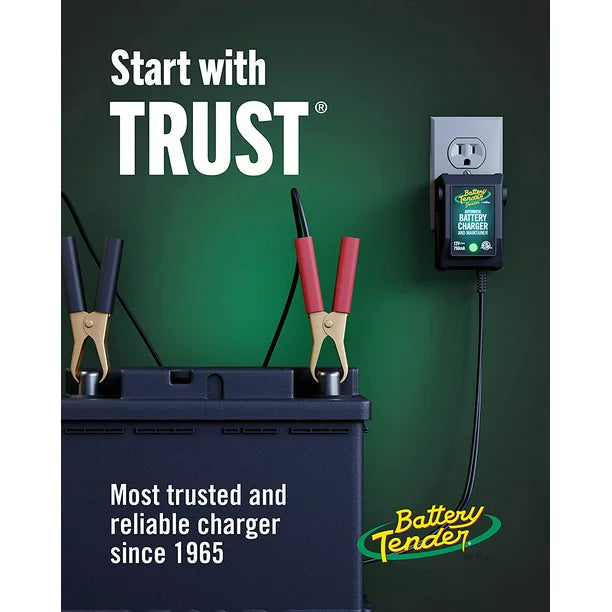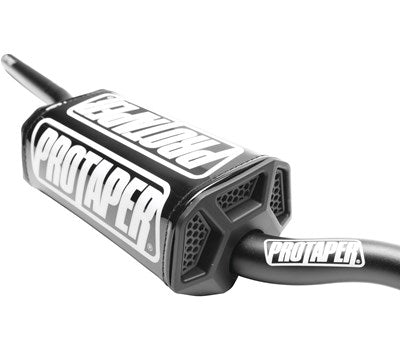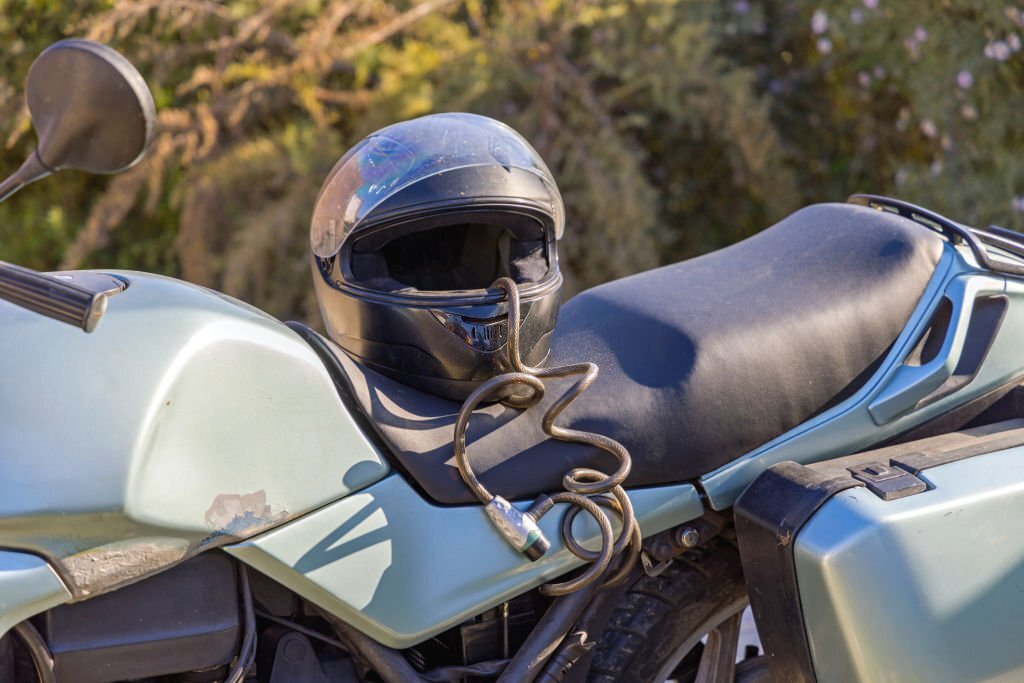We always say that when it comes to biking, safety should be your top priority. As such, one of the most important pieces of biking gear you need is a helmet.
Choosing a motorcycle helmet in NZ that’s not only the most reliable motorcycle helmet but also the safest is a task that’s a lot more complex than it may seem at first. Something that can be extremely helpful in this regard is looking at a helmet’s safety rating according to certain safety standards.
But which safety standards are the most important? In this article, I’ll guide you through some of the most important safety standards and show you which of these is the highest motorcycle helmet standard currently in existence.
What Is the Highest Motorcycle Helmet Standard?
There are generally four safety standards worth addressing for the purposes of this article. So, without further ado, let’s take a look at these four different motorcycle helmet standards.
If you want to know if your expensive motorbike helmet is worth the cost, you need to familiarise yourself with these safety standards.
DOT Standard
What Is It?
The DOT standard was developed by the Department of Transportation (DOT) of the US. This standard is also known as the FMVSS-218 (Federal Motor Vehicle Safety Standard no. 218) certification which is the current federal standard in the US.
This is the legal minimum standard that all helmets in the US have to meet before it’s legal for them to be sold there. Therefore, it’s illegal to sell helmets that aren’t DOT-certified in the US.
The DOT standard is the most common motorcycle helmet standard but is also considered to be the most basic because it’s generally less strict than most other standards. Not only is compliance with its requirements viewed more leniently, but the standard is not tested by an official issuing body, but rather by independent contractors hired by individual helmet manufacturers.
For this reason, it’s always important to look for a DOT-certified sticker on US helmets because the DOT standard is fairly easy to bypass. Some manufacturers actually get around this requirement by stating that the helmets are just novelty helmets not intended for use when they clearly are.
That being said, the DOT standard is also one of the most important helmet standards (at least in the US), because it’s a mandatory requirement that involves a thorough testing procedure.

What Is Tested?
Impact Test
In the impact test, the helmet is struck against an anvil to determine the severity of the crash it can sustain. Here, it’s drop-tested against both flat and round anvils to simulate different crash scenarios.
Impact resistance isn’t only tested in ideal weather conditions, but also in environmental conditions that differ in humidity and temperature.
This is particularly important in determining if your open-face helmet is safe, since the opening on a helmet is often a failure point in terms of safety.
Penetration Test
The penetration test is a lot more rigorous than the impact test. During this phase, an 8 kg pointed weight is struck against the helmet from a height of 3 metres to determine whether the helmet can withstand such a penetrative force.
When this test is conducted, the penetrative object must not pierce deep enough into the helmet to make contact with the realistic head form inside. If contact is made, then the helmet fails this test.
As with the impact test, this test must also be passed under different environmental conditions.
Strap Retention Test
This essentially tests the forces a helmet strap can withstand before breaking or stretching beyond being safe. It’s done by attaching different weights to the strap of a helmet.
The load used in this test gets increasingly heavier with the first test applying a weight of 27,7 kg for 30 seconds and the second test a 136 kg weight for 120 seconds.
Peripheral Vision Test
The peripheral vision test determines how much the helmet interferes with the wearer’s vision. For a helmet to pass this test, it must allow the wearer peripheral vision of at least 105 degrees in both directions from its midline.
Additionally, the standard holds that, for the sake of visibility, any projections that the helmet has may not exceed 5 millimetres.
ECE 22-05 Standard
What Is It?
The ECE 22-05 test is the standard set by the Economic Commission for Europe which was originally developed by the United Nations in 1958.
This standard is accepted in 47 different countries and, as you’ll see below, it’s similar to the DOT standard, having the same peripheral and environmental condition requirements.
It must be noted, however, that it’s a slightly higher standard than DOT because it tests more extensively under real-life environmental factors that DOT doesn’t. These extra factors are dealt with below.
The O’Neal 2021 10 Series Helmet is a helmet that I recommend in this regard, as it’s fully ECE 22-05-certified
What Is Tested?
Impact Test
The ECE 22-05 standard impact test is similar to the DOT standard. This means that here, the helmet is also drop tested onto a smooth anvil from a fixed height to test its resilience to impact.
Penetration Test
The ECE penetration test is even more rigorous than the DOT standard.
In addition to the normal penetration test, it also tests the impact absorption and rotational forces of different parts of the helmet, including that of any protruding parts on the shell of the helmet.
Strap Retention Test
Here, the durability of the chin strap of the helmet is tested using a machine attached to the chin strap that suddenly jerks the helmet back and forth. The helmet passes the test if the chin strap remains uncompromised and keeps the helmet fixed to the machine.
Additionally, the durability of the chin guard attached to the chin strap is tested during the initial impact test mentioned earlier.
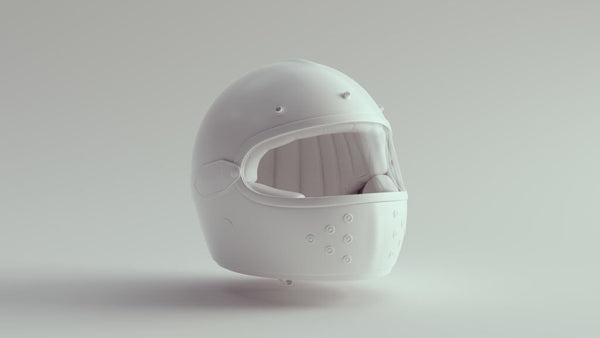
Peripheral Vision Test
The ECE 22-05 uses the same peripheral vision test as the DOT standard, but also tests the durability of the face shield. This is done specifically during the retention strap test but factors in here as it also has to do with the wearer’s visibility.
Additional Tests
As can be seen above, the ECE 22-05 tests are similar to the DOT standard. That being said, they differ in a number of ways that are beneficial to your safety.
Firstly, they test the helmet's durability by analyzing how well it functions after extended periods of exposure to ultraviolet light and even to a number of different solvents. A helmet may potentially be exposed to these elements in reality that have the potential to weaken its overall durability.
This factor plays a large role in determining how long motorcycle helmets are good for.
Secondly, the different sizes of the helmet that are most susceptible to failure are also tested. This is beneficial because all helmets come in a variety of sizes and so each size has to be just as safe as the rest.
Finally, the ECE also tests more than one helmet from a company’s production line to ensure the whole batch meets its safety standards.
Snell Standard

What Is It?
This is the standard set by the US-based Snell Memorial Foundation which is a private non-profitable organization that was founded in 1957 in memory of Pete Snell.
While the standard set by the Snell Foundation is generally considered to be stricter than DOT, it doesn’t have the authority to determine the legality on the roads.
Overall this standard is considered to be one of the highest at the moment.
What Is Tested?
Impact Test
In this test, crashes of different severity are simulated to determine how good a helmet is at absorbing impact forces. This is done by drop-testing the helmet against a variety of surfaces at different speeds.
A helmet fails this test if it causes the driver’s head to stop too quickly which can cause brain damage and other traumatic injuries.
Penetration Test
The Snell foundation uses two separate penetration tests to determine how resilient a helmet is to any objects penetrating its surface and injuring the driver. A helmet needs to pass at least one of these two tests for it to pass.
The first test is the standard shell penetration test where a sharp weight is dropped onto the helmet. The second is an additional face shield penetration test where a pellet is fired at the helmet’s face shield at 500 km/h to determine if it penetrates.
Dynamic Retention Test
This rigorous test is focused on the chin strap of the helmet. Here, a 23 kg weight must be held for 30 seconds, following which it’s subjected to a falling weight of 38 kg. If the strap snaps or has stretched by more than 3 cm then it means that the helmet has failed.
Additionally, the durability of the chin guard is also tested by dropping a 5 kg weight on the chin bar.
Positional Stability Test
Also known as a roll-off test, this is a unique element of this standard. The Snell Foundation tests a helmet's ability to stay put on a rider's head during an accident.
Here, the Snell Foundation places a helmet with a realistic head inside it at an upside-down angle of 135 degrees and then uses a mechanism using weights, wire and rope to flip the helmet over.
It’s okay if the helmet moves around on the head form, but the moment it falls off, it fails.
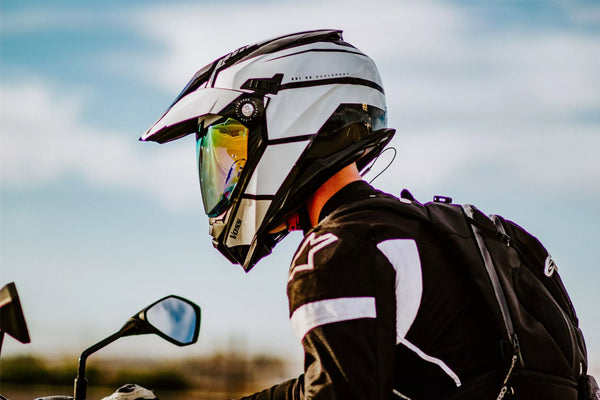
SHARP Standard
The SHARP standard was developed in the United Kingdom. It can be seen as a supplementary standard to the others I’ve discussed. As such, for a helmet to be SHARP-certified it must first be ECE-certified, having passed all of the respective tests.
As a supplementary standard, it also doesn’t use a simple pass/fail certification process, but rather operates on a rating that ranges from 1 to 5 stars. This standard bases this star rating on a helmet’s ability to manage energy. They test a helmet using a wide range of different points and energy levels.
The SHARP standard doesn’t measure the safety level of a helmet (this having been concluded in the ECE test), but rather helps consumers distinguish between the different safety ratings of ECE-certified helmets.
Conclusion
Overall, being the most basic of these standards, the DOT standard is the bare minimum that you can expect your helmet to meet. Just above this is the ECE 22-05 standard which is slightly more complicated than the DOT standard.
Finally, both the Snell and SHARP standards lie at the top as the highest motorcycle helmet standard. Whereas Snell is the most intricate and strictest standard in existence, SHARP is simply an additional standard that builds onto the basic ECE 22-05.
Bear in mind that there are other factors that affect how safe your helmet is. Getting the most visible colour helmet and knowing how to check if a helmet is out of date both change how likely you are to get into an accident. After all, prevention is better than a cure.
If you enjoyed this piece, consider checking out other blogs:
- How to Choose a Motorcycle Helmet?
- Why Do Bike Helmets Expire?
- How Much Should I Pay for a Motorcycle Helmet
- Are MIPS Bike Helmets Safer?
- Best Motorcycle Helmet
- Most Advanced Motorcycle Helmets
- Best Dual Sport Motorcycle Helmet
- Best Motorcycle Helmet for Women
- Best Entry Level Motorcycle Helmet
- Best Kids Motorcycle Helmet
- Best Motocross Helmet Under $300
- Best Motorcycle Helmet with Bluetooth
- Are Bluetooth Motorcycle Helmets Legal
- Best Value Motorcycle Helmet
- Best Motorcycle Helmet for Cafe Racer





